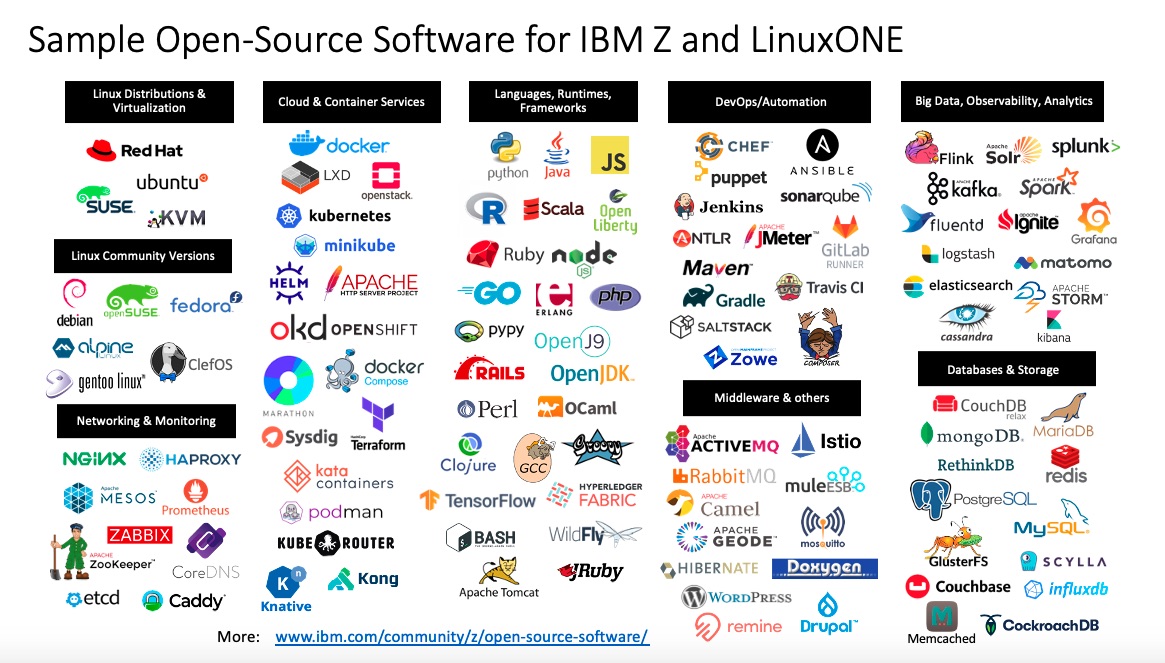git
📌 Previous: 🏠 Homepage
1. Open Source, Freemium, and Enterprise Software

1: Introduction to Software Models
- What Are the Different Software Models?
- Open Source: Free and modifiable by anyone.
- Freemium: Free with premium paid features.
- Enterprise: Paid, proprietary software with full features locked behind paywalls.
- Let’s explore each in detail!
2: What is Open Source?
- Open Source Software (OSS) is software that is freely available to use, modify, and distribute.
- The source code is publicly accessible.
- Promotes collaboration and community-driven development.
Examples of Open Source Software:
- Linux - An operating system kernel widely used in servers, desktops, and mobile devices.
- GIMP - A free alternative to Adobe Photoshop for image editing.
- Blender - A powerful open-source tool for 3D modeling, animation, and rendering.
- LibreOffice - An open-source office suite.
- Ubuntu - A popular Linux-based operating system.
-
Others - react, vuejs, wordpress, vs code, mysql, vlc, odoo, git, python, php, docker, etc

3: Freemium Model Explained
- Freemium Software offers basic features for free, while advanced features are available for a cost.
- The free tier is functional but limited in features or usage.
- Encourages users to upgrade for more advanced functionality.
Examples of Freemium Software:
- Dropbox - Free storage with premium plans for more space.
- Spotify - Free music streaming with ads, premium for offline and ad-free experience.
- Evernote - Free note-taking with limits on devices and storage; premium unlocks more features.
- LinkedIn - Free social networking, premium for advanced networking and job tools.
- Duolingo - Free language learning with ads, premium for offline use and no ads.
4: Enterprise Software Explained
- Enterprise Software refers to paid, proprietary software designed for businesses, professionals, and commercial use.
- Licensed and not modifiable by the user.
- Often has extensive support and features tailored for large-scale usage.
Examples of Enterprise Software:
- Adobe Premiere Pro - Video editing software with a subscription model.
- Adobe After Effects - Tool for visual effects and motion graphics.
- Adobe Photoshop - Industry-standard for photo editing and design.
- Microsoft Office Suite - Word, Excel, PowerPoint, etc., for productivity in businesses.
5: Differences Between Open Source, Freemium, and Enterprise Software
| Feature | Open Source | Freemium | Enterprise |
|---|---|---|---|
| Cost | Free | Free with paid premium tiers | Paid |
| Source Code Access | Public and modifiable | Closed, no access | Closed, no access |
| Customization | High | Low | None |
| Support | Community-driven or paid support | Limited (premium users may get support) | Full support from the provider |
| Target Audience | Individual users, developers | Casual users, prosumers | Businesses, professionals |
6: Advantages of Open Source Software
- Cost-Effective: Free to use and distribute.
- Transparency: Anyone can review the source code for security and privacy concerns.
- Community Support: Open-source projects often have a global community for support and continuous improvements.
- Customization: Developers can modify the software to fit their specific needs.
- Innovation: Allows faster evolution as developers around the world contribute.
7: Disadvantages of Open Source Software
- Support: Often relies on community forums, which may not always be timely or reliable.
- User Experience: Some open-source software may not be as polished or user-friendly as paid alternatives.
- Compatibility Issues: Can sometimes have integration problems with proprietary systems or formats.
- Security Risks: While open-source allows inspection for vulnerabilities, it also makes it easier for attackers to find exploits if software is not maintained properly.
8: The Freemium Business Model – Why It Works
- Free for Users: Encourages widespread adoption, especially by casual users.
- Revenue from Premium Users: Users who need more features, capacity, or services are willing to pay.
- Constant Updates: Companies can offer continuous improvements and features to encourage free users to convert to premium.
Why Companies Love It:
- Scalability: Freemium models can support millions of users with a free tier while profiting from premium users.
- User Engagement: Free users provide feedback and help market the product.
9: Open Source and the Future
- Rapid Innovation: Open-source software drives innovation in fields like AI, cloud computing, and security.
- Cross-Industry Impact: From healthcare to education, open-source projects are creating new opportunities.
- Open-Source Sustainability: Many open-source projects are funded by donations, sponsorships, or companies that benefit from their development.
Interesting Facts:
- Red Hat: A billion-dollar company that builds business models around open-source software.
- Linux: Powers most of the world’s servers, smartphones, and supercomputers.
10: Conclusion – Choosing the Right Software Model
- Open Source: Ideal for developers, businesses looking for customizability, or users who want free software.
- Freemium: Great for casual users who want basic features with the option to upgrade.
- Enterprise: Best for large businesses and professionals who need robust, supported software with high performance and reliability.
Final Thought:
Choosing between these models depends on your needs, budget, and technical expertise. Open-source is transforming industries, while freemium and enterprise models continue to serve commercial and casual needs alike.
➡️Up Next: 🗂️ Introduction to Version Control